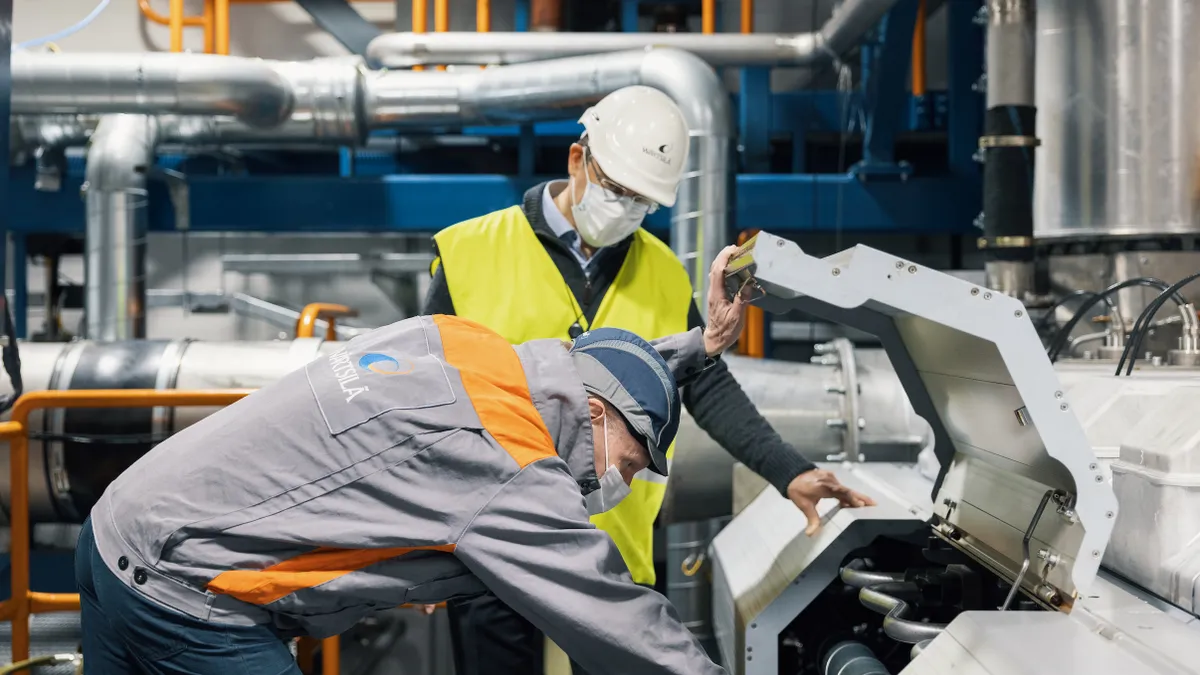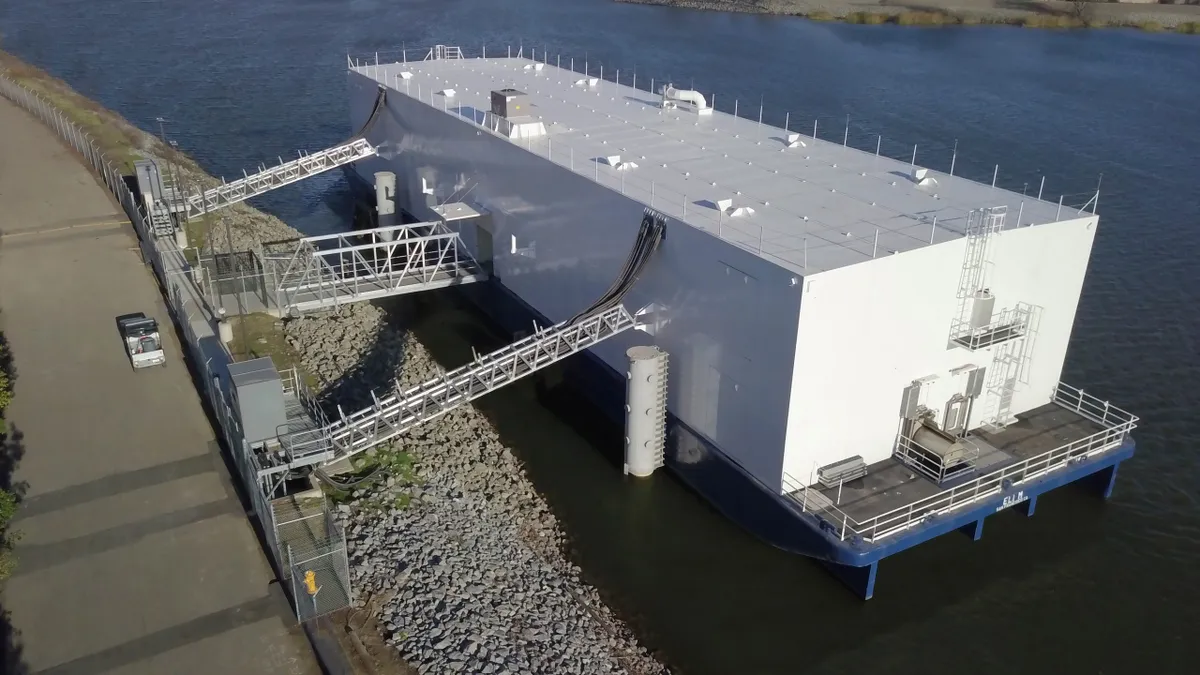Editor's Note: The following is a guest post written by Michael Shepard. Shepard is the chairman of energy research and advisory firm E Source. This article is the fourth in a five-part series from Shepard on the opportunity for utilities in electric vehicles. You can find the rest of the series here. If you are interested in submitting a guest post, please review these guidelines.
The auto industry has not been very good at selling electric vehicles.
An April 2014 article from Consumer Reports describes how the publication dispatched mystery shoppers to 85 car dealerships in four states and found that most of them knew very little about the EVs they were selling. Some sellers even actively discouraged shoppers from considering the EVs.
Research from the Institute of Transportation Studies at the University of California at Davis confirms that the problem is widespread. Researcher Eric Cahill and his colleagues analyzed the sales experience of buyers of conventional and electric vehicles. Buyers of EVs — except customers of Tesla, which sells nothing but electric cars — were far less satisfied. A stunning 83% of EV buyers reported being either dissatisfied or highly dissatisfied with the dealer purchase experience.
There are a variety of reasons for the poor experience of EV buyers. It takes time for a salesperson to learn about all the cars they try to sell, and they’re more inclined to learn about the cars that sell the most. Salespeople want to make a sale quickly and move on to the next opportunity. EVs require a longer sales cycle than conventional cars, in part because of the added questions the buyers may have about things like tax credits, charging times, charging equipment selection, electric range, and battery life — all of which are new terrain for sales staff. Moreover, turnover among car sales staff approaches 50% a year at some dealers, so training on new and exotic products such as electric cars is challenging.
Salespeople make their money on commissions — $150 to $200 for selling a typical small-to-midsize car, including most EVs, but up to $1,000 or more for selling a premium vehicle, such as a large, feature-laden pickup truck or luxury sedan. Consequently, most salespeople are not motivated to develop the expertise needed to sell EVs. That’s a big problem if we expect to dramatically increase EV adoption. But it also creates an interesting opportunity for utilities to boost EV sales by educating and incenting car dealers and sales staff.
While it might take thousands of dollars in tax credits or rebates to nudge consumers to buy an EV, it may require just a few hundred dollars to motivate the sellers. A motivated sales force could make a big difference in the sales trajectory of EVs. For a salesperson who earns a $150 commission for selling an EV, an extra $150 for selling that car would be a meaningful incentive.
Utilities have long run successful midstream demand-side management (DSM) programs to encourage retailers to stock high-efficiency products and to train and reward sales people for selling them. The same approach may work with EVs and it could be a great complement to utility programs aimed directly at consumers.
As utilities and regulators weigh the costs and benefits of providing midstream incentives for EVs, it’s important to take the long view of market transformation. This is not about justifying the added revenues those particular cars will bring to the utility. It’s about encouraging the sale of relatively few cars in the short term, so that the market reaches a tipping point in which EVs become competitive, mainstream options that no longer require financial incentives.
Direct payments to dealers and salespeople aren’t the only ways to get them motivated, and not all of this needs to fall on electric utilities. By working in conjunction with local and state government, clean transportation organizations and others, utilities can pool their resources with other stakeholders to make it easier and more lucrative for car dealers to sell EVs.
For example, some states allow EVs to operate with a single occupant in carpool lanes. But the impact of that benefit is muted if car owners have to apply for it after they buy the vehicle. Allowing the dealers to put a high-occupancy vehicle (HOV) lane sticker in the car window in the showroom turns out to be a potent sales tool with car buyers who would love to be able to drive right out of the showroom and into the HOV lane. Utilities can help lobby their state policymakers to give EVs access to HOV lanes and to allow the car pool stickers to be distributed at point of sale.
Another angle that utilities can offer is “free fuel” for some period of time. Austin Energy has established a network of more than 200 public chargers around its territory, called Plug-In EVerywhere. The utility’s customers can buy subscriptions for unlimited charging on this network for $50 a year. More than 700 people have signed up so far. Most subscribers treat it as a “peace of mind” product — it’s there if they need it, but they rarely use it because they do most of their charging at home.
Austin Energy has also developed a certification program for auto dealers that sell EVs in its territory. The utility provides the dealer with training, talking points, and general information to help it sell EVs. It also provides a free six-month subscription to the public charging network for each EV the dealer sells. The salesperson can tell buyers that they get six months of free fuel when they drive out of the lot and that they could fuel their car indefinitely for $50 a year.
SDG&E certifies dealers as “plug-in ready” if they attend a dinner and training session and agree to place educational materials on electric transportation in their showrooms. One of the things they train dealers on is the value of preprograming the vehicle to work with the utility’s TOU or dynamic rates, since that will save the consumer money.
One high impact promotional strategy for EVs that utilities could support with a small investment is group purchasing. Recent group purchase campaigns in Colorado and Minnesota increased sales of EVs at several dealerships by five to ten fold. This replicable model is gaining increasing traction and interest, as we will discuss next week in the final installment in this series.
















